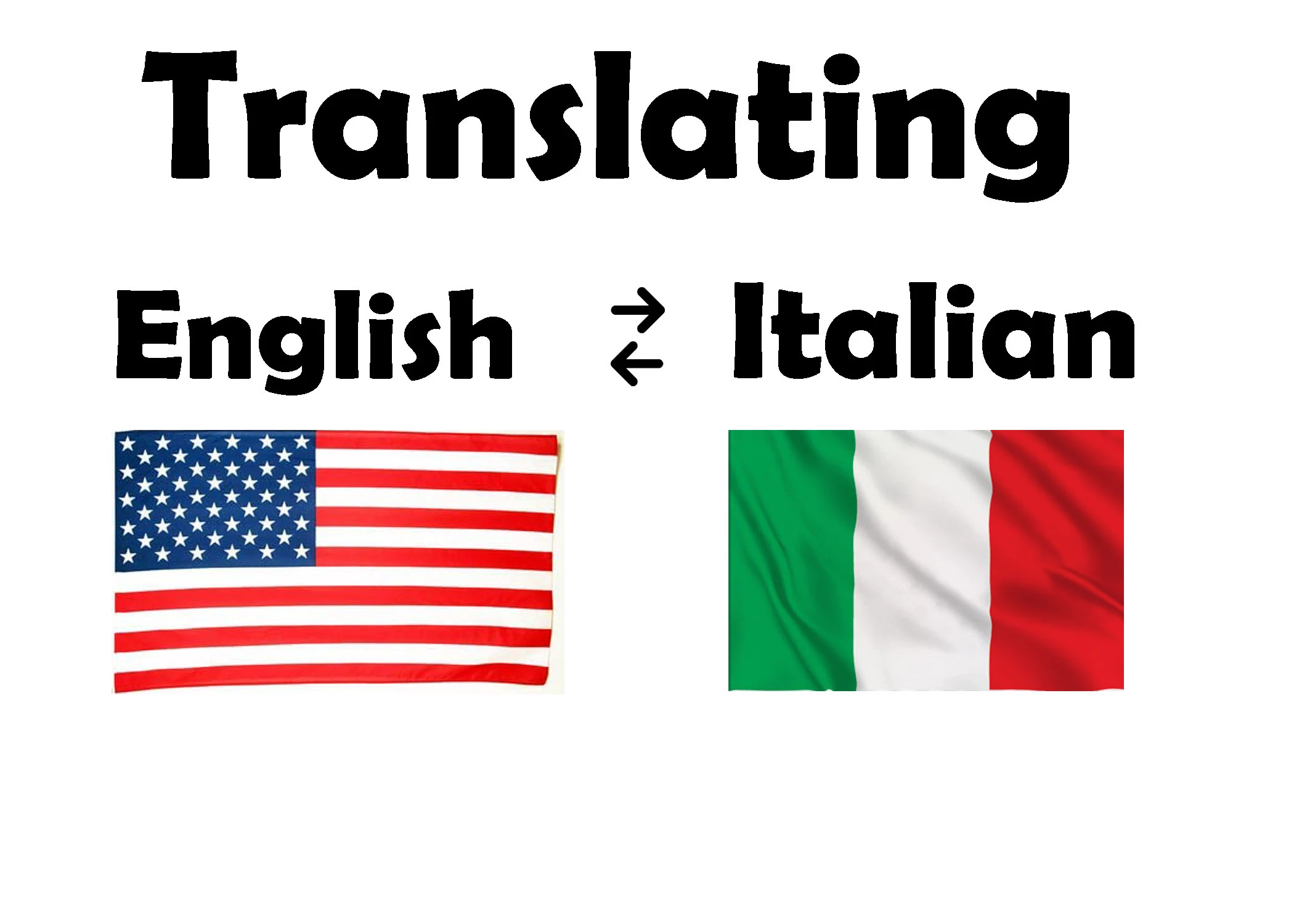Translation from English to Italian has its share of unique needs. For this reason, you should engage Italian to English translation service providers. Such a move assures you of accuracy, conciseness, and efficiency during the translation process.
Do you know that over 85 million people speak Italian? These people do not only reside in Italy but also in other parts of the world, including the USA, Switzerland, and Croatia. Also, these statistics show that there is a demand for translating different types of English content into Italian content.
What does it take to translate English content into Italian content? Notably, you need more than fluency during this translation process. For this reason, the Future Group, a service provider (LSP), explores what you need to know as follows:
Italian Translations are Long
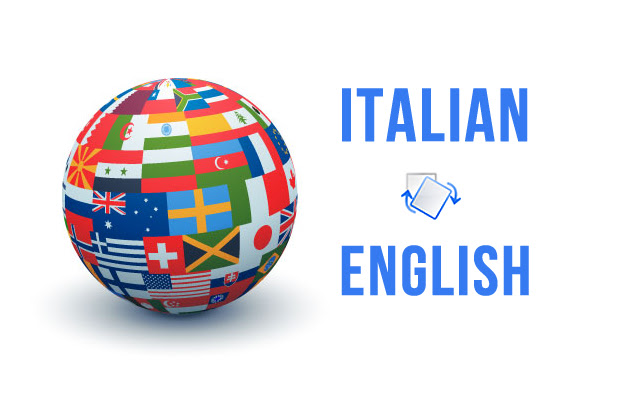
The Italian language contains some of the longest words. When compared with English, it has longer words and phrases than English. Also, Italians use more words to mean something that most languages describe using a few words.
The consideration of the length of words helps you to design a website fit for internationalization. In other words, it helps you create ample space that can accommodate the length of the words of your target.
The consideration of the length of words also applies to the creation of fliers and other documents. You must ensure that the space on the documents can accommodate the length and number of words of your target.
That said, translated content can take a lot of space. For this reason, design your website or other media in a manner that can accommodate it.
The Italian Context is Quite Demanding
The English language uses the same words to mean different things. However, the same context does not apply to the Italian. Notably, the English language has over 6,000 homonyms, which are words that have different meanings. On the other hand, the Italian language does not have as many homonyms.
Given the imbalance between the number of homonyms in the English and Italian languages, translating English content is a complex process.
Also, English has e-commerce technology and technical translation terms that have different meanings when translated into the language. For this reason, you cannot use such terms in Italian, and you have to look for words that show the intended English meaning.
For a successful English-to-Italian translation, you must provide the context to your translators. This move will enable your translators to find the ideal words to convey your message.
The Italian Language is Expressive
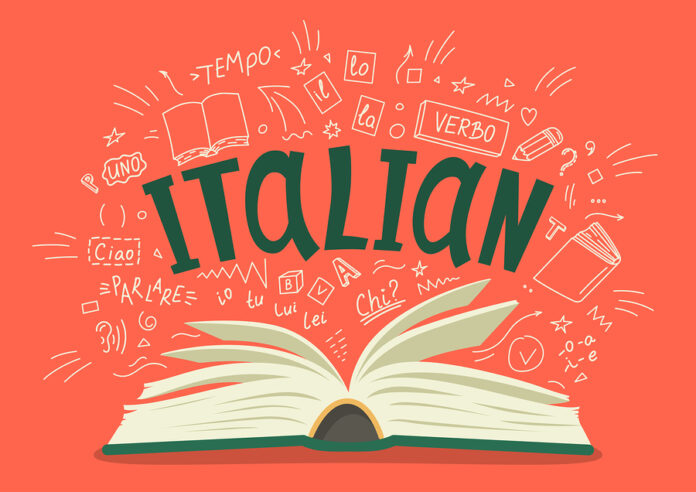
The language comes from poetry and Latin. For this reason, it is expressive. It features rhythmic vocabulary and syntax. On the other hand, English is concise and specific. English uses short sentences that are straight to the point.
Why is the Italian language expressive? Italians avoid using offensive language. They treat interpersonal relationships formally. For this reason, they use a language that helps them keep their distance.
If you translate while maintaining the concise and straightforward nature of the English, the translated content can lose its meaning. So, always use additional words to appeal to the audience.
The Italian Language is Formal
To reiterate, it deem their interpersonal relationships formal. In return, they address their friends, spouses, and peers in a different way than how they address professionals. The formality in the language changes the tone of the voice they use when addressing different people.
The Italian Language is Gendered
The Italian language gives a gender to animals and inanimate objects. In English, you can refer to animals as “it”. However, you have to give the animal a gender when referring to an animal. Also, the associated adjectives have to follow a gender-sensitive context.
The Italian Language Does not Use Letters J, K, W, X, and Y
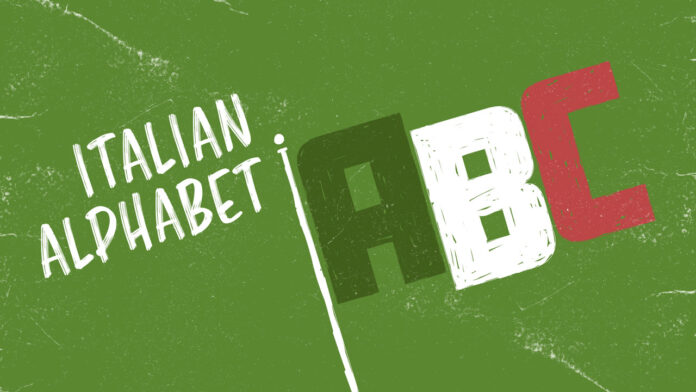
Notably, both use the Latin alphabet. However, the Italian does not use the letters j, k, w, x, and y, unless when referring to foreign words of Latin expressions.
English and Italian Belong to Different Language Groups
The language belongs to the Romance language group. This language group comprises French, Romanian, Portuguese, and Spanish, among other languages. On the other hand, the English language belongs to the Germanic, including the Dutch, German, and Danish languages.
However, both English and Italian languages fall under one family language: The Indo-European language family.
The Italian Language Have Five Dialects
If you thought that the language was a standard language, you are wrong. It features five different dialects. Also, some of these dialects have several subgroups. This nature of the language warrants for a translator to have knowledge about the dialect they will apply during the translation process.
The Process of Italian Translation
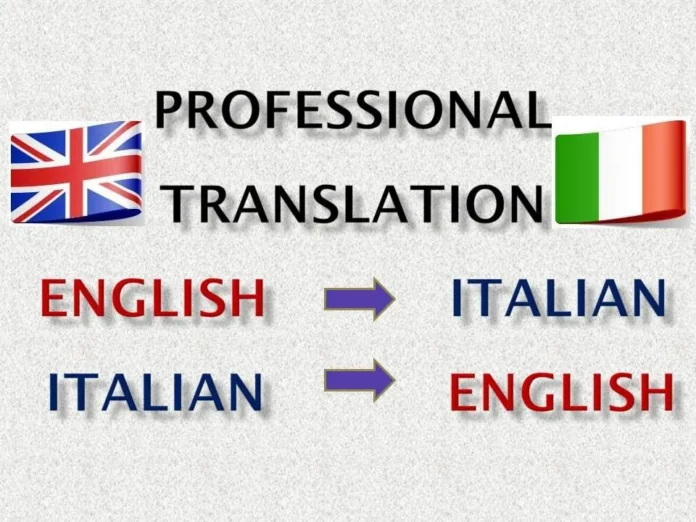
Given the complexity of the translation process, you need to understand the steps that you should follow for a successful translation process. The steps are as follows:
Understand the Italian Culture
You have to research the specific culture before undertaking the translation process. Notably, the culture has five dialects. So, there is a high probability of making a mistake if you do not identify the specific dialect that you want to address.
If you erroneously mix up the dialects, your translated content can lose its meaning to almost all Italians. Some do not understand the dialect of other Italians. So, you have to apply caution during the translation process to avoid mixing up the dialects.
Engage a Professional Language Service Provider
To avoid challenges related to translating, engage a professional language service provider. Such a provider should have native and tested translators. Also, the agency should have native and tested proofreaders. An agency with competent translators is an assurance of getting accurately-translated content.
If you are considering adopting machine translation for your content, you might get inaccurate results. Human translators have a keen eye for details that machine translation can easily omit. Also, human translators can identify small errors and make the necessary adjustments in a timely manner.
Edit Your Translated Content
The translation process is not the only exercise that gives rise to accurately translated content. The translated content must go through the editing stage for further checks. Notably, you should engage professional proofreaders to edit your translated content.
During the editing process, professional proofreaders look for errors, including grammar and contextual errors. Also, they can recommend further translation to improve the accuracy of the translated content.
Conduct Quality Checks
Even though you have engaged professional translators, you must go the extra mile and conduct a quality check of the translated content. To achieve this objective, ask whether the translators have a style guide. Having a style guide is an indicator that the translators apply high-quality parameters when translating your content.
If the translators do not have a style guide, they should create one for your content. This move will enable you to test the translated content for quality. They should also present you with a glossary to check whether they have used the correct colloquial or technical terms.
If you have an in-house native speaker, they can proofread the translated content and assess whether it is up to your expectations.
What to Look for in an English to Italian Translator
Now that you understand the complexities of the English to Italian Translation, how do you choose the right translator? You can apply the following strategies, among others:
Check Whether the Italian Translator is Native
The best translators are the ones from the target native language. Even though some translators can be bilingual, native translators stand out as the best. The reason for opting for native translators is because they understand the cultural context and nuances of the target language.
Assess the Need for Industrial Knowledge
If your context requires subject matter experts, your translators should have the required competence. For example, it is difficult for a basic translator to translate medical content. In such an instance, look for medical professionals who couple as translators.
Verify Credentials and Past Experience
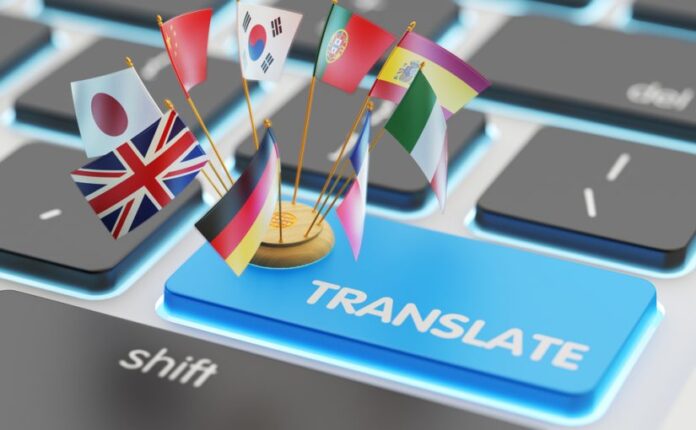
Anyone can purport to be a translator. However, their credentials can prove whether they are professional translators or quacks. For this reason, you must verify the degrees and other specific certifications that they present to you. Also, ask for samples of their work. Any credible translator cannot be shy of allowing you to verify their authenticity.
The Bottom Line
The translation is not basic. There are several considerations that a translator has to make, including identifying the specific dialect and minding the length of the translated content. Otherwise, most translation agencies have what it takes to deliver high-quality English to Italian-translated content.
